Japanese Culture and Jōdo Shinshū
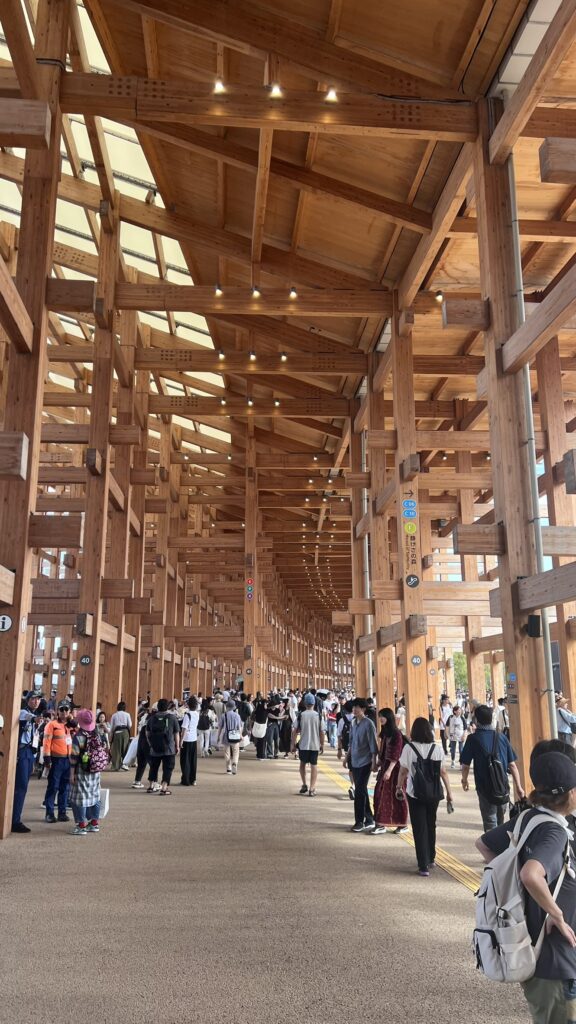
Since my younger daughter lives in Osaka, I stayed at her place and took the opportunity to study architecture — I went to see the Great Roof Ring.
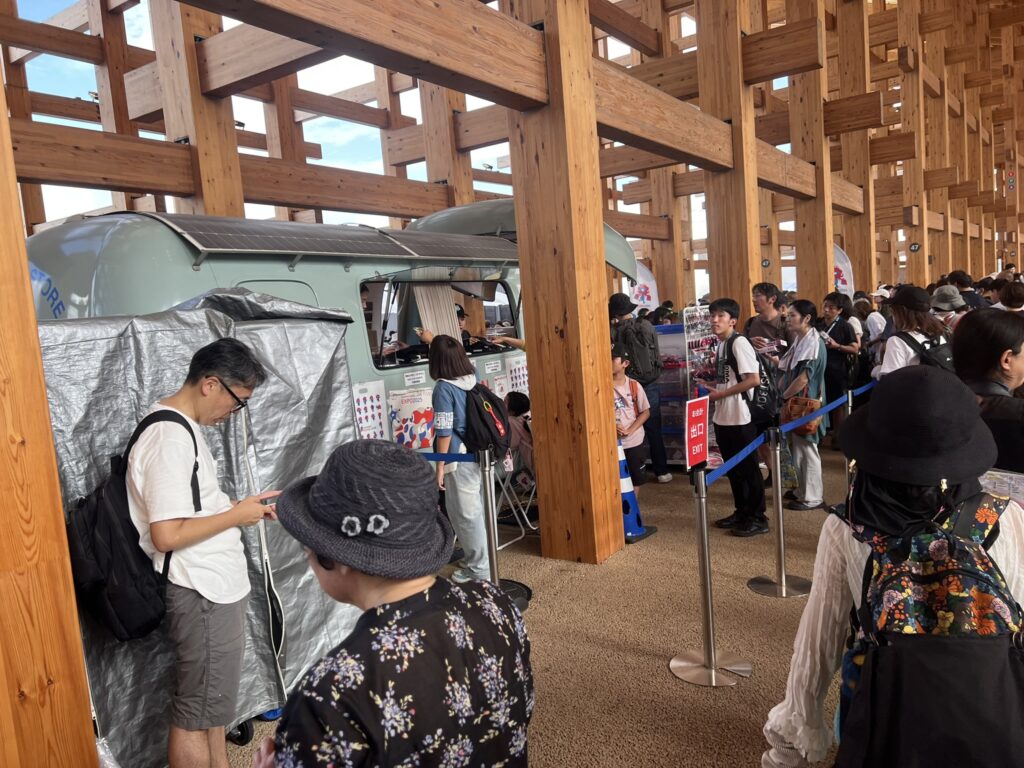
Under the Great Roof Ring — full of eggs.
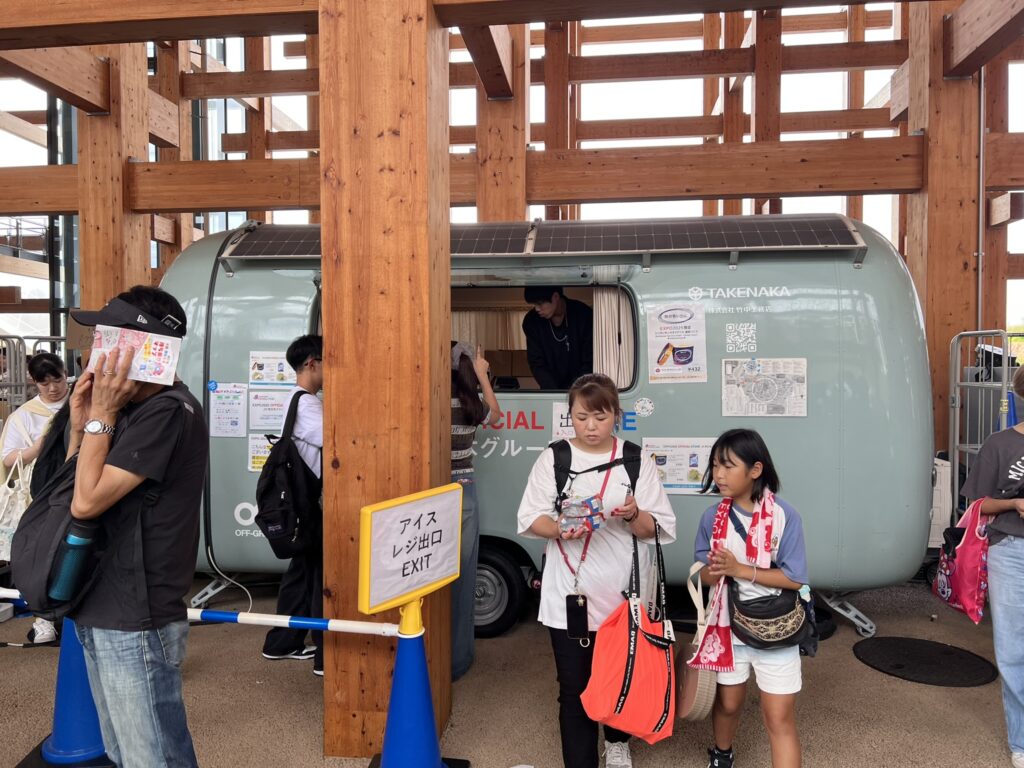
Eggs everywhere (lol)
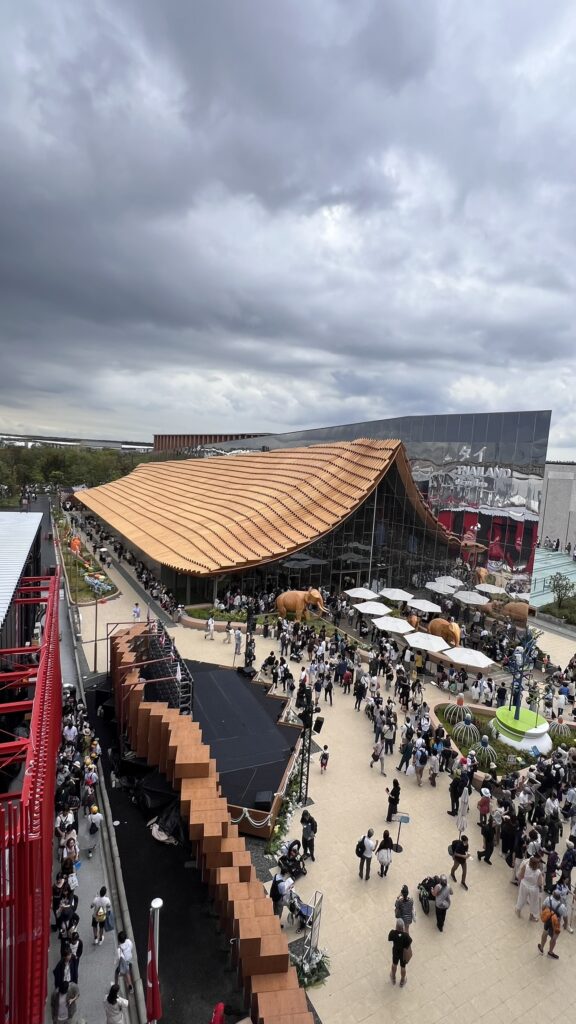
Crowded with people.
Reflecting buildings in mirrors… huh.
So I just went home quickly.
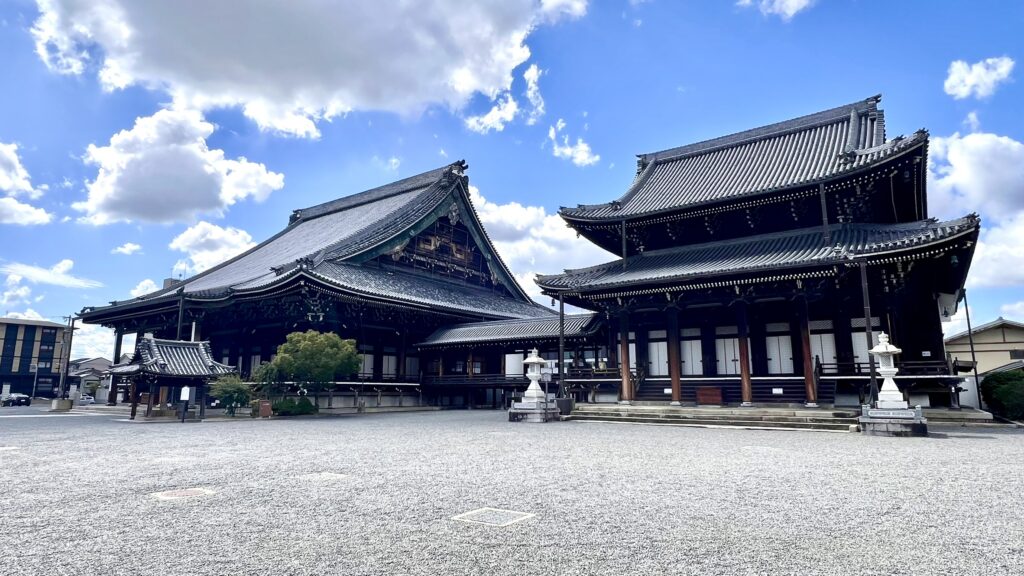
Then, I went to Kyoto to study Japanese architecture.
This is Kōshō-ji, the head temple of Kōshō-ji in Kitami.
The head priest there is my classmate, and the temple has been our family’s ancestral temple for nearly 40 years.
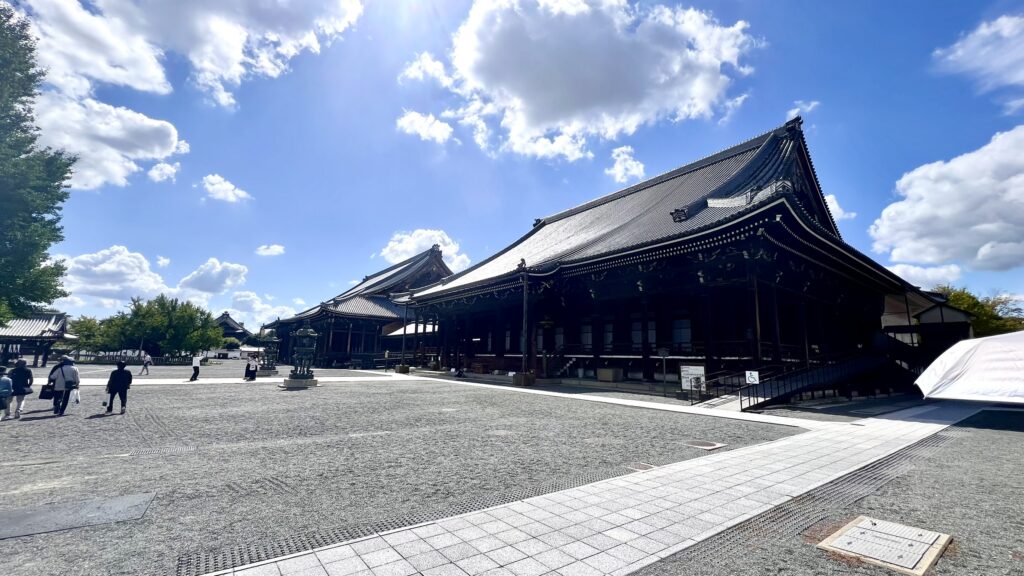
Next to Kōshō-ji stands Nishi Hongan-ji.
It’s huge…
That’s what it said (lol)
So, what is Jōdo Shinshū?
It’s the Buddhist sect with the largest number of followers in Japan.
Founded by Shinran Shōnin, it teaches that “Even if people cannot attain enlightenment on their own, they are saved just as they are by Amida Buddha’s vow.”
No ascetic practice or special rituals are needed.
You don’t need to be perfect — live as you are, and you’ll be saved as you are.
That’s Jōdo Shinshū.
It’s actually quite interesting.
“There’s no spirit inside the family altar — it’s just a black box.”
“Ghosts? Nah, they don’t exist.”
“Retreating to the mountains for ascetic practice? Pointless.”
“If you’ve got time to meditate under a waterfall, you should be working instead.”
That’s pretty much Jōdo Shinshū. Seriously.
Religion is culture.
That’s what I believe. It’s not something to impose on others or to have forced upon you.
That kind of thing is what leads to wars.
Honestly, instead of reading some nonsense business book, you’d do better to read the teachings of Shinran Shōnin.
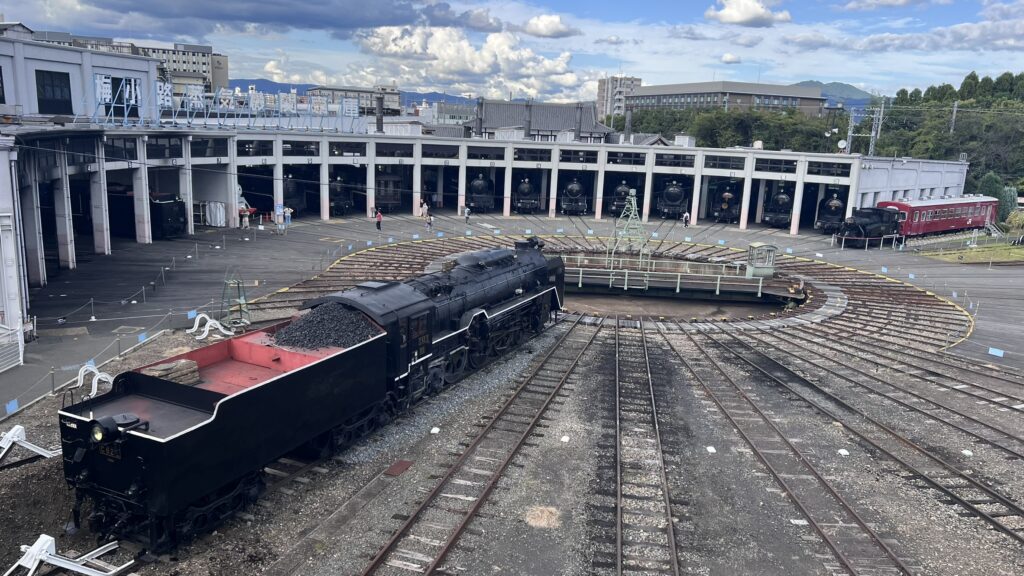
So, I also studied trains.
Especially the fittings inside train cars — they’re deeply connected to modern architecture.
Asahikawa became a furniture city because the craftsmen who built train interiors evolved their skills.
Railways and architecture are inseparable.
What’s this… okay, that part doesn’t really fit (lol).
I’ve been blogging for over 20 years, and this is the first time I’ve written about religion.
I guess that means I’ve finally become an old man.

